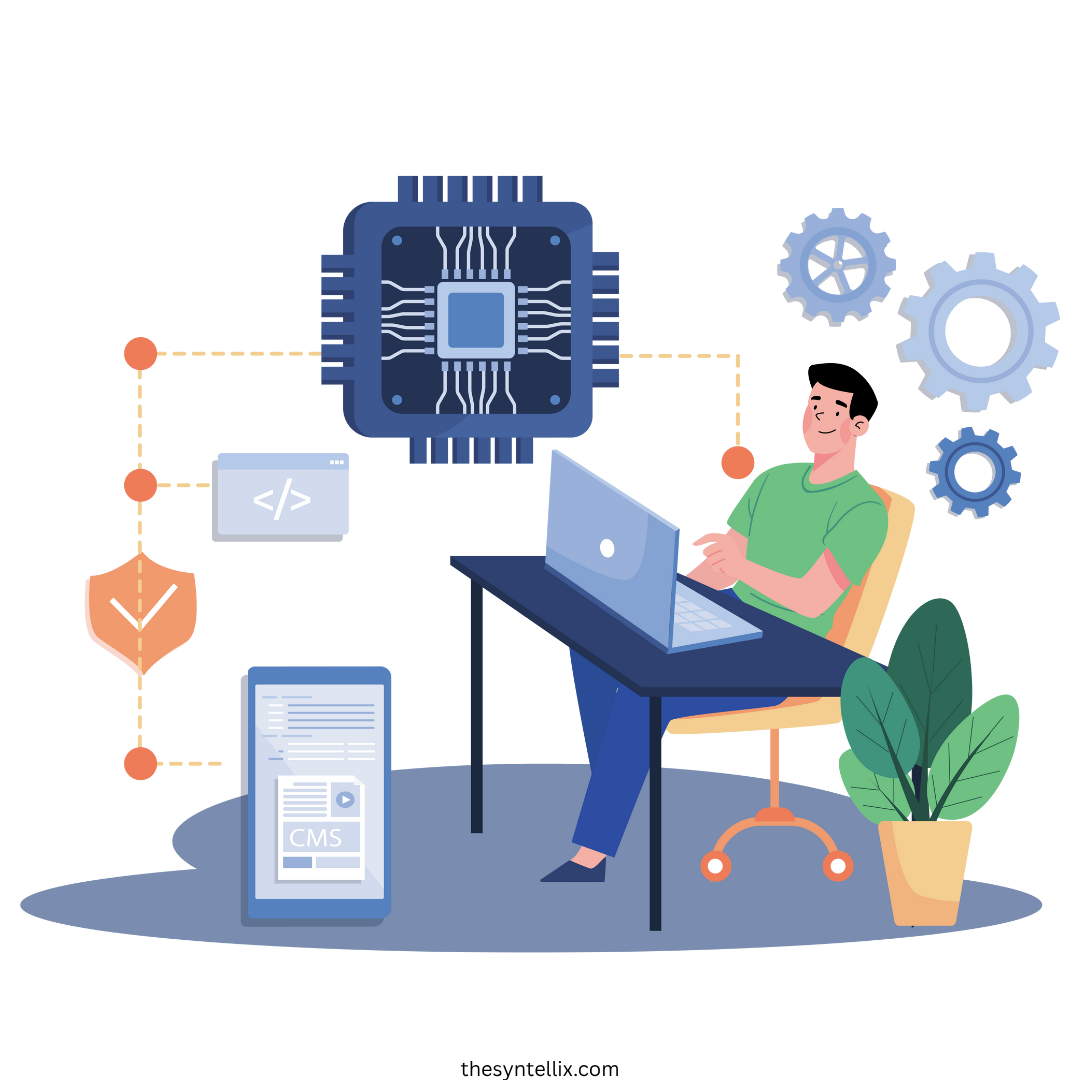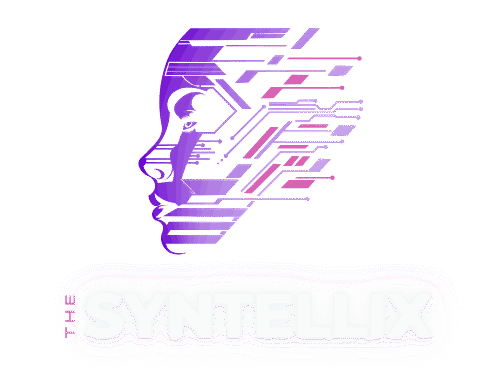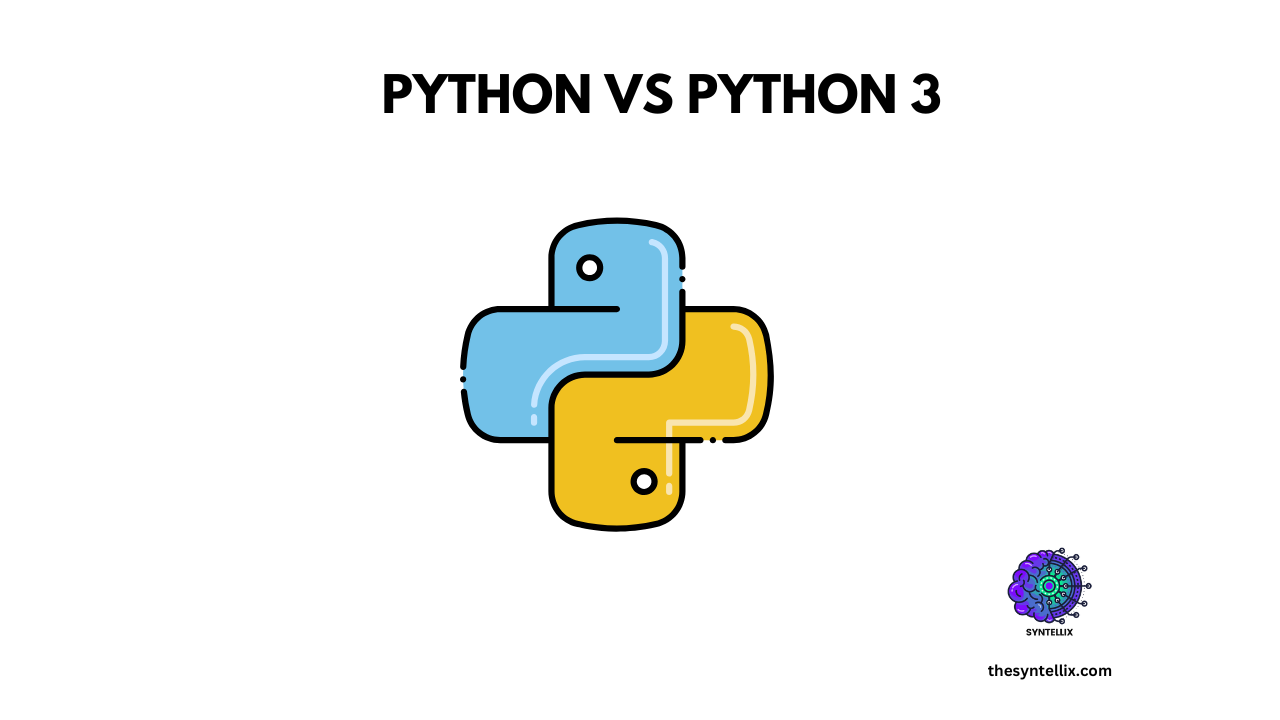If you are new to programming, you might be confused when you see people talk about Python vs Python 3. Are they the same? Is one better than the other? And which version should you learn?
In this blog post, we will clear up your confusion. Lets gets started!
What Is Python?
Python is a high-level, interpreted programming language widely popular for its simplicity, readability, and versatility.
It is created by Guido van Rossum and first released in 1991, Python emphasizes code readability with its clean syntax, making it an ideal choice for beginners and professionals alike.
It supports multiple programming paradigms—such as procedural, object-oriented, and functional programming.
People use Python for:
- Web development
- Data science
- Machine learning
- Automation
- App development
- And much more!
So, What Is Python 3?
Python 3 is the latest major version of Python, released in 2008 to address design flaws and limitations in Python 2.
It introduced several improvements, including better Unicode support, new syntax features, improved libraries, and a cleaner codebase.
Python 3 is not backward compatible with Python 2, which means code written in Python 2 may need to be updated to run on Python 3. As of January 1, 2020, Python 2 has reached end-of-life, and Python 3 is the officially supported version for all new development.
It was released in 2008 as an improvement over the older version, Python 2. The goal of Python 3 was to fix old design issues and make the language more consistent.
Python 3 is the present and future of Python.
Python vs Python 3: Clear Differences
Let’s break it down.
| Feature | Python 2 | Python 3 |
|---|---|---|
| Release Year | 2000 (Python 2.0) | 2008 (Python 3.0) |
| Current Status | End-of-life as of January 1, 2020 | Actively maintained and developed |
| Backward Compatibility | Compatible with legacy Python 2 code | Not backward compatible with Python 2 |
| Print Statement vs Function | print "Hello" (statement) |
print("Hello") (function) |
| Integer Division | 5 / 2 = 2 (truncates to int) |
5 / 2 = 2.5 (returns float) |
| Unicode Handling | Strings are ASCII by default (str) |
Strings are Unicode by default (str) |
xrange() vs range() |
xrange() used for memory-efficient loops |
range() behaves like xrange() in Python 3 |
| Error Handling Syntax | except Exception, e: |
except Exception as e: |
| Standard Library Structure | Some modules differ in naming and structure | Reorganized for consistency |
| Type Annotations | Not supported | Supported with typing module |
| Input Function | raw_input() for strings, input() for eval |
input() returns string by default |
| Long Integers | long type used for large integers |
Unified int type (no separate long) |
| Support for Modern Features | Lacks modern features (e.g., f-strings) | Includes modern features (e.g., f-strings, async) |
| Community and Library Support | Most libraries no longer support Python 2 | Widely supported by all major libraries |
Why Did Python 3 Replace Python 2?
Python 3 replaced Python 2 primarily to fix long-standing design flaws and improve the language’s consistency, security, and readiness for modern programming needs.
Python 2 had several legacy issues—such as the treatment of text as ASCII by default, ambiguous integer division, and inconsistent syntax like using print as a statement rather than a function.
These inconsistencies led to frequent bugs, poor internationalization support, and barriers for beginners. Python 3 addressed these problems by introducing clearer and more predictable behavior: strings became Unicode by default, print() was standardized as a function, and mathematical operations were made more intuitive.
It also added new features like f-strings, type hints, and async/await to support scalable, high-performance, and readable code—capabilities that Python 2 could not support without breaking compatibility.
In addition to technical improvements, Python 3 was necessary for the long-term sustainability of the Python ecosystem.
The Python Software Foundation officially ended support for Python 2 in January 2020, meaning it would no longer receive updates or security patches.
This created a strong push for developers and organizations to migrate to Python 3. As libraries and tools dropped Python 2 support, the shift became unavoidable.
By replacing Python 2, Python 3 created a unified, forward-compatible version of the language that better serves developers across industries—whether in web development, data science, machine learning, or automation—ensuring that Python remains one of the most widely used and modern programming languages today.
Common Confusion: Is “Python” the Same as “Python 3”?
Yes, today when someone says “Python,” they usually mean Python 3.
The confusion mostly comes from old tutorials or outdated content still using the term “Python” to refer to Python 2. But don’t worry if you start learning now, you are learning Python 3 by default.
Conclusion
So, to answer the big question Python vs Python 3;
- Python is the language.
- Python 3 is the latest and current version of that language.
- Python 2 is the old version, and it’s no longer in use.
If you are starting your Python journey today, go with Python 3. It’s clean, modern, and beginner-friendly.
Ready to Start Learning Python 3?
Awesome! Begin with the basics like variables, loops, and functions — and soon you’ll be building real projects. Whether you want to become a web developer, data analyst, or automation expert, Python 3 is the right path.
Check out my blog on careers and roadmap on python to get started.
👉 Have questions about Python or want beginner project ideas? Drop them in the comments or explore our other blog posts!.
People Also Ask
What is the difference between Python vs Python 3?
Python 3 is the current version of Python. It fixed issues from older versions like Python 2.
Should I learn Python 3 or Python?
Learn Python 3. It’s the version everyone uses now.
Is Python 3 outdated?
No. Python 3 is up-to-date and actively maintained.
Will there be a Python 4?
Yes, but it will be an upgrade, not a big change like Python 2 to 3.

Stay ahead of the curve with the latest insights, tips, and trends in AI, technology, and innovation.

